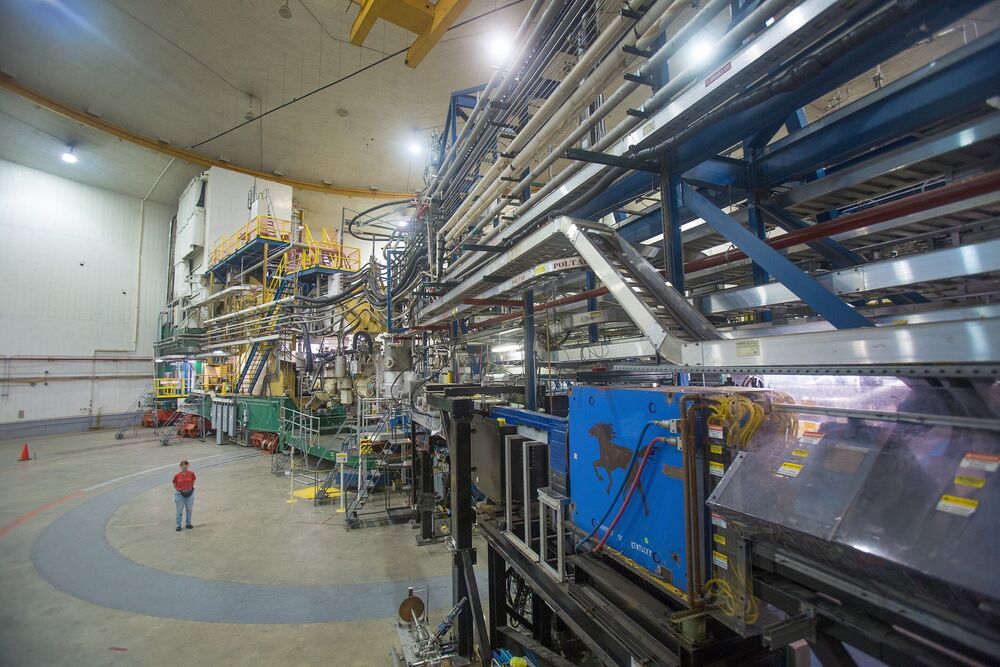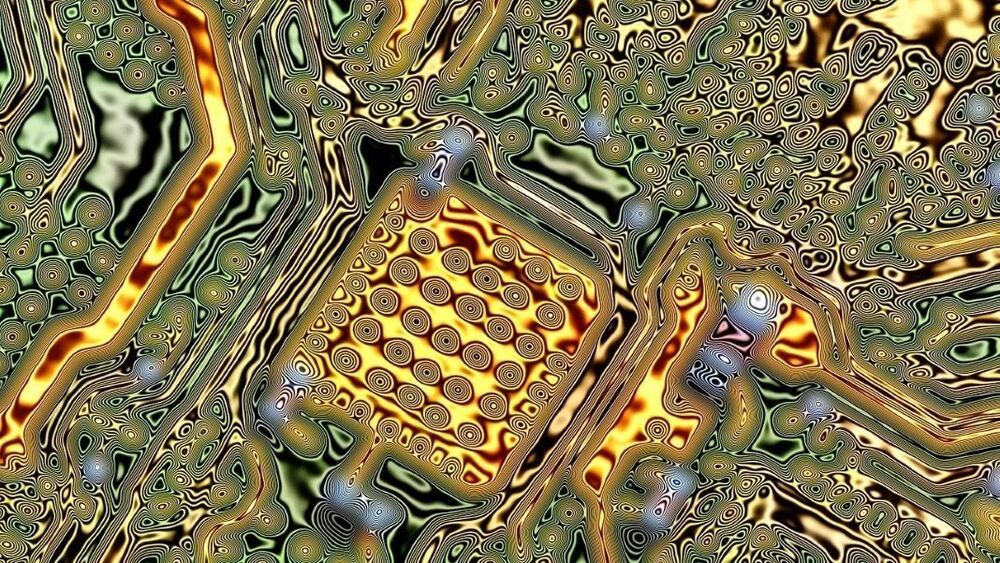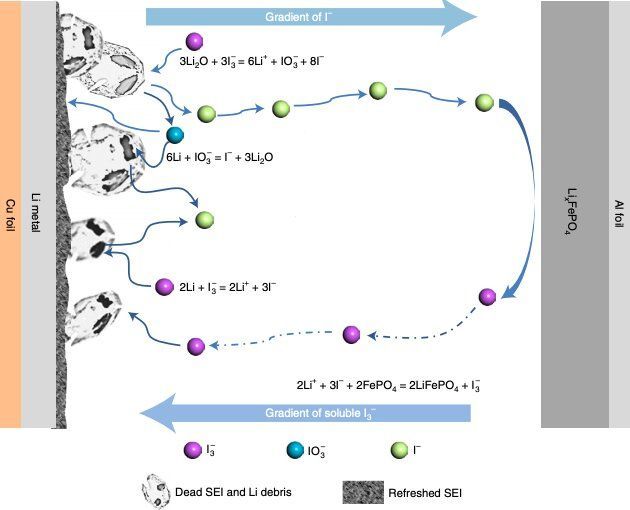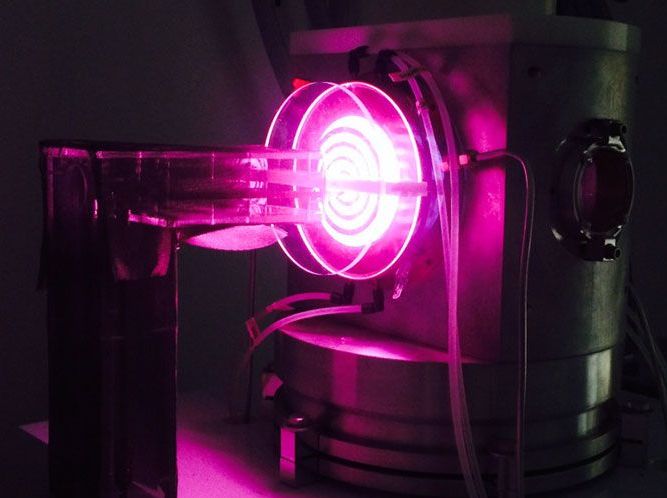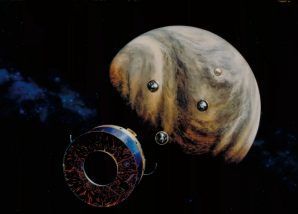Apr 27, 2021
Physicists net neutron star gold from measurement of lead
Posted by Saúl Morales Rodriguéz in categories: chemistry, particle physics, space
Nuclear physicists have made a new, highly accurate measurement of the thickness of the neutron “skin” that encompasses the lead nucleus in experiments conducted at the U.S. Department of Energy’s Thomas Jefferson National Accelerator Facility and just published in Physical Review Letters. The result, which revealed a neutron skin thickness of .28 millionths of a nanometer, has important implications for the structure and size of neutron stars.
The protons and neutrons that form the nucleus at the heart of every atom in the universe help determine each atom’s identity and properties. Nuclear physicists are studying different nuclei to learn more about how these protons and neutrons act inside the nucleus. The Lead Radius Experiment collaboration, called PREx (after the chemical symbol for lead, Pb), is studying the fine details of how protons and neutrons are distributed in lead nuclei.
“The question is about where the neutrons are in lead. Lead is a heavy nucleus—there’s extra neutrons, but as far as the nuclear force is concerned, an equal mix of protons and neutrons works better,” said Kent Paschke, a professor at the University of Virginia and experiment co-spokesperson.
